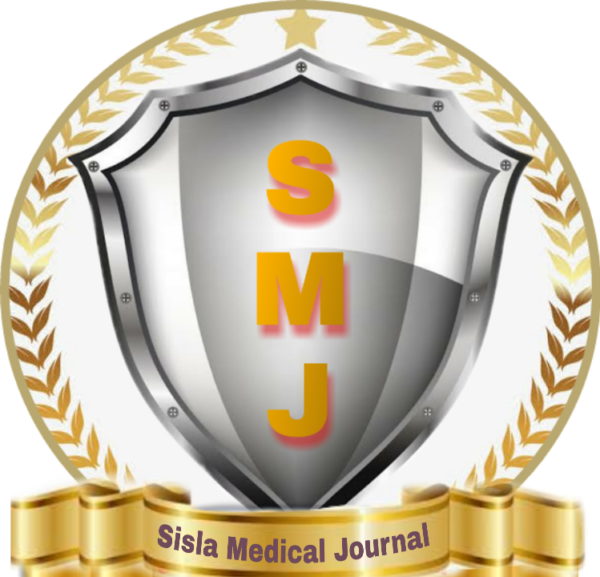Research Article
Sofía Borrego1*, Omar Herrera2, Ileana Paneque3, Matilde Anaya4, Dailys Rodríguez3, María de los Ángeles Molina3, Nardelys Ruiz3
1Preventive Conservation Laboratory, National Archive of the Republic of Cuba (NARC), Havana, Cuba.
2Integral Center for the Elderly (CIAM), Havana, Cuba.
3Medical Surgical Research Center (CIMEQ), Havana, Cuba.
4National Standardization Office (ONN), Havana, Cuba.
*Corresponding author: Sofia Borrego. Compostela No. 906 esq. a San Isidro, PO Box: 10100, Old Havana, Havana, Cuba.
Abstract
The mycological quality of the indoor environment has been related to the appearance of allergies and other diseases in humans due to intense and persistent exposure to biological agents. The aims of this work were to analyze the environmental mycobiota of offices and different premises of the National Archive of the Republic of Cuba, determine the fungal species isolated from the nostrils of workers exposed to environmental allergenic fungi and evaluate IgE-mediated skin sensitization. Environmental mycological sampling was made with a biocollector and using appropriate culture media to isolate fungi. The nasal mucosa of the 72 workers selected in the study was sampled with sterile swabs. A survey was applied to workers to collect necessary data and skin tests were performed with different fungal allergenic extracts. In general, the archive environment has moderate fungal contamination. Eight species belonging to filamentous fungi and two to yeasts with a predominance of the Aspergillus and Penicillium genera were isolated. In the workers nasal mycobiota, the genera Aspergillus, Cladosporium and Penicillium also prevailed. 54.2% of workers reported the incidence of more than one disease with asthma predominating. Positive skin reaction to one or more fungal extracts was evident in 12.5% of the personnel. The exposure time of workers to the more or less contaminated environment of the archive facilitates the nasal colonization of fungal species that can lead to the triggering or exacerbation of allergic conditions such as asthma and rhinitis.
References
- Agresta MF, Saranz RJ, Lozano NA, Lozano A (2014) Relación entre rinitis y asma: ¿Está todo dicho? Rev Fac Cien Med Univ Nac Cordoba 71: 111-121.
2. Almaguer W, Fernández-González M, Díaz L, Sánchez KC, Rodríguez-Rajo FJ, Aira MJ (2021) Aspergillus and Penicillium spores as urban pathogens of the Havana atmosphere, Cuba. Aerobiologia 37: 767-783.
3. Almaguer M, Aira MJ, Rodríguez-Rajo FJ, Rojas TI (2014) Temporal dynamics of airborne fungi in Havana (Cuba) during dry and rainy seasons: Influence of meteorological parameters. Int J Biometeorol 58: 1459-1470.
4. Almaguer M, Aira MJ, Rodríguez-Rajo FJ, Rojas TI (2013) Study of airborne fungus spores by viable and non-viable methods in Havana, Cuba. Grana 52: 289-298.
5. Álvarez M, Castro RL, Leyva Y, López B, Rodríguez J, Rojas TI, et al (2020) Sensibilización a hongos anemófilos en trabajadores(as) del Archivo y Biblioteca de la Universidad de La Habana. Arch Hosp Univ General Calixto García 8:159-172.
Citation: © 2024 Sofía Borrego This is an openaccess article distributed under the terms of the Creative Commons Attribution License, which permits unrestricted use, distribution, and reproduction in any medium, provided the original author and source are credited.
Copyright: Osuji Malachy Ikeokwu (2024) “Airborne Mycobiota In Offices and Other Premises of The National Archive of The Republic of Cuba: Its Impact on The Personnel Health.” Sis Med J Microbiol 1(2): 17-33.
